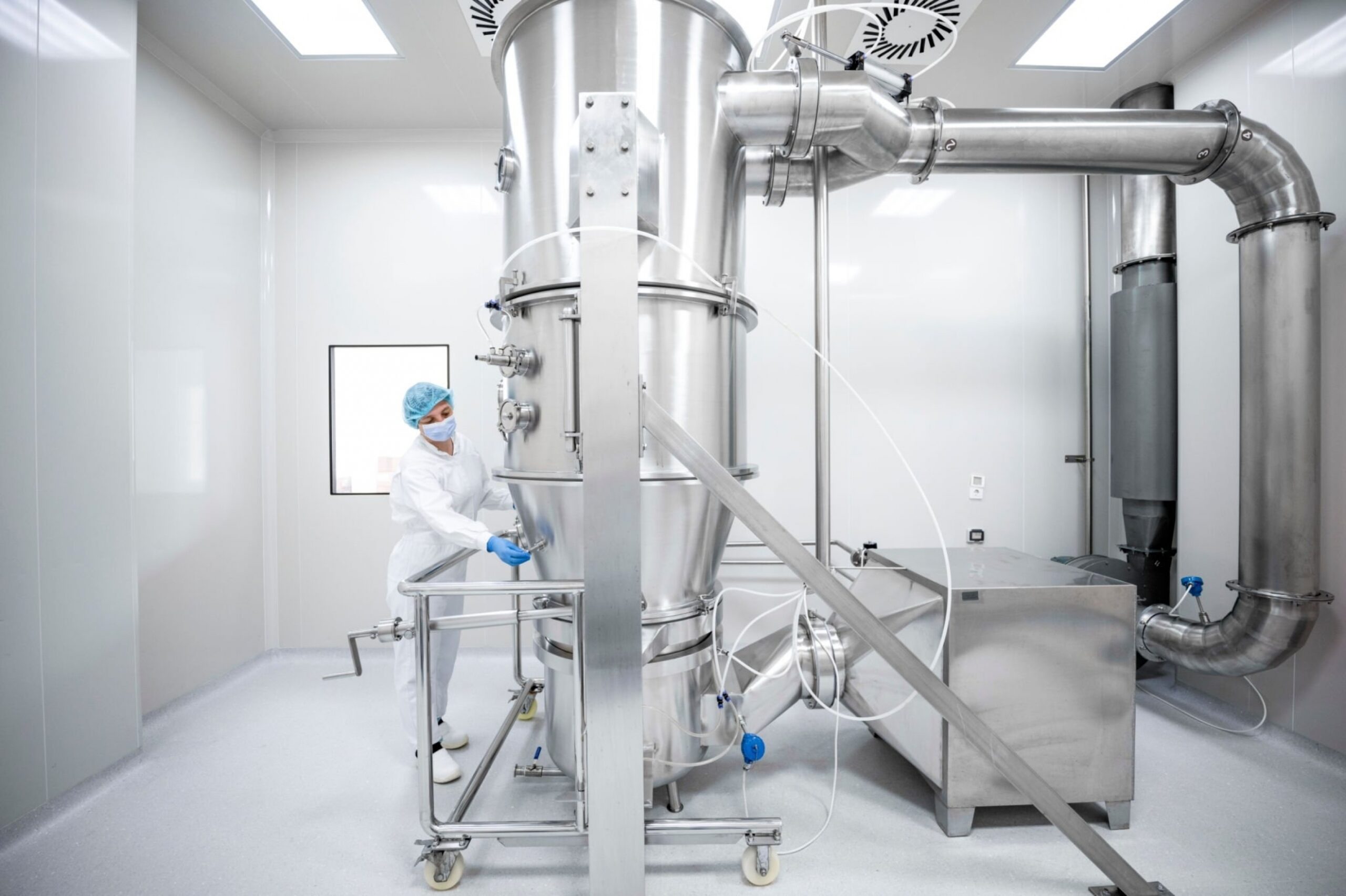Navigating Challenges Towards Self-Reliance
The COVID-19 pandemic, a global health crisis, has not only posed unprecedented challenges to healthcare but has also exposed the vulnerabilities in various industries worldwide. One sector significantly impacted is the pharmaceutical industry, with India finding itself at a crossroads. In this article, we delve into the intricacies of the current state of the Indian pharmaceutical sector, exploring the challenges it faces and the proactive measures needed for a resilient future.
Challenges of Overdependencies: The Current Landscape
Global Leadership vs. Domestic Dependencies
India has earned global recognition for its pharmaceutical prowess, hosting a considerable number of manufacturing sites catering to the US market. Despite this global influence, the industry faces a critical issue – overdependence on imports, particularly from China. Approximately 70% of the pharmaceutical requirements, including crucial raw materials like Active Pharmaceutical Ingredients (APIs), are sourced from China.
Impact of Chinese Dominance in API Production
China’s dominance in API production, marked by cost-effective technologies and government support, led to the closure of domestic API manufacturing facilities in India. The allure of lower costs from Chinese bulk drugs resulted in a gradual disengagement of Indian firms from API production, creating a dependence that poses risks in the long run.
Price Control Policies and Export Challenges
While drug prices in India are among the world’s cheapest, stringent government price controls hinder manufacturers’ ability to invest in research and development. Additionally, the overproduction of drugs to meet local demand sometimes falls short of global standards, limiting the country’s ability to explore new markets.
The Way Forward: Proactive Measures for Self-Reliance
Government Interventions and Incentives
Recognizing the urgency to reduce dependencies, the Indian government has launched the “Look East” policy, aimed at minimizing trade dependencies on the US and the EU. To revamp the pharmaceutical industry, targeted financial incentives have been introduced to promote the manufacturing of raw materials. The establishment of three API parks and the Production Linked Incentive (PLI) scheme underscore India’s commitment to self-reliance.
Optimizing Existing Capacity
Efficient utilization of existing API units is crucial. With 35%-40% of the capacity currently idle, strategic measures are needed to leverage this potential. McKinsey’s report highlights the higher burden of diseases in India as a driving factor for growing the domestic market. This, coupled with the rapidly growing population, provides opportunities for pharma companies to cater to both domestic and international markets.
Addressing Bottlenecks: Delivery Points and Accessibility
Despite the potential for growth, challenges such as the shortage of delivery points and limited accessibility to drugs persist. The government must focus on improving economic growth, investing in healthcare infrastructure, and ensuring higher per capita disposable income to drive sustainable growth.
Innovative Business Models for Equilibrium
A sustainable pharmaceutical market requires innovative business models that strike a balance between drug price control and local manufacturing costs. While the government has eased protectionist policies, timely and effective implementation is crucial to overcoming the challenges in the pharma sector.
Seizing Opportunities: The Road to True Independence
As countries express interest in investing in the Indian market for COVID-19 vaccines and medical equipment, India stands at a crucial juncture. By implementing the outlined proactive measures, India can emerge not only as a global pharmaceutical leader but also achieve true self-reliance in this critical sector.
